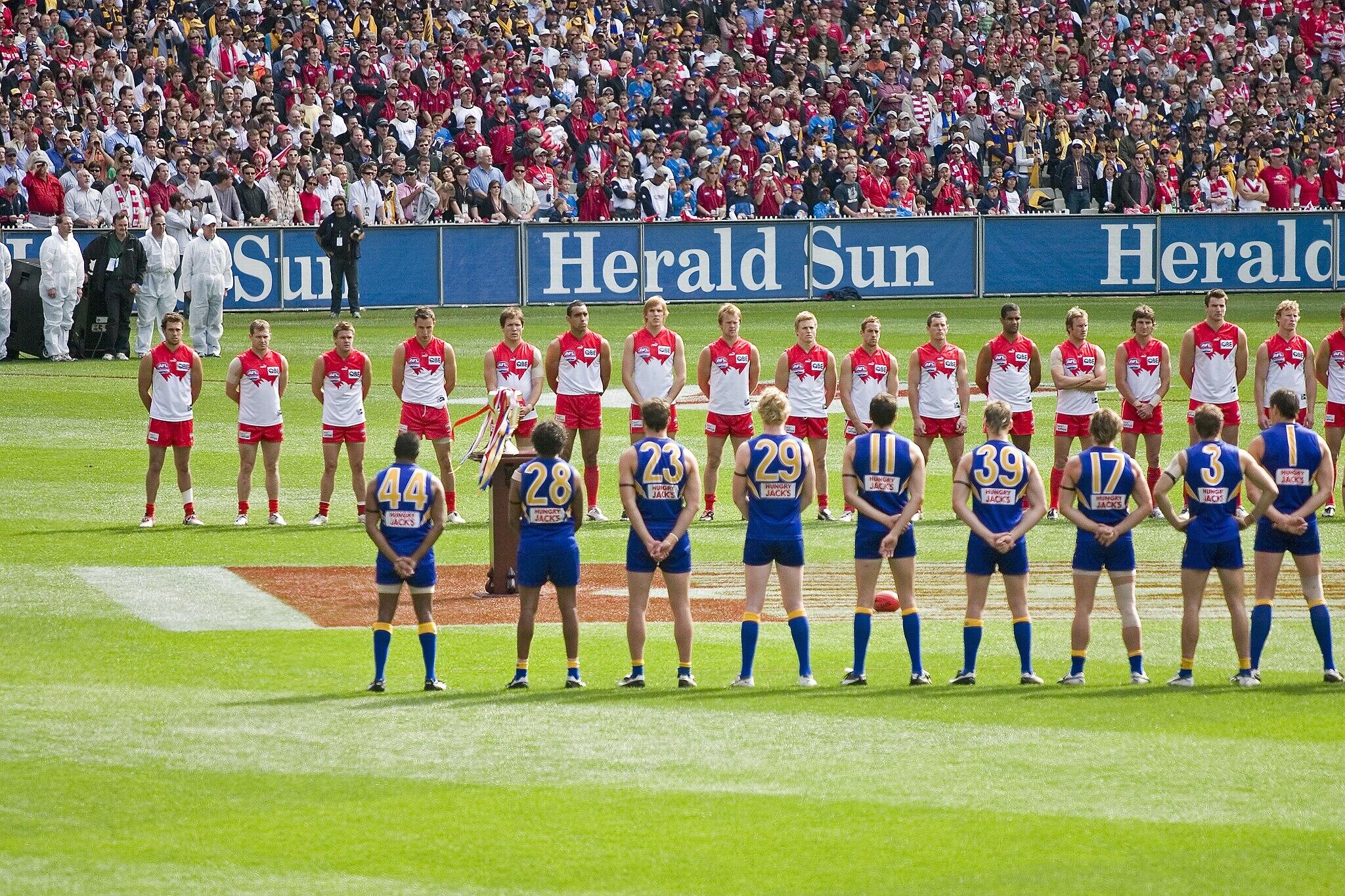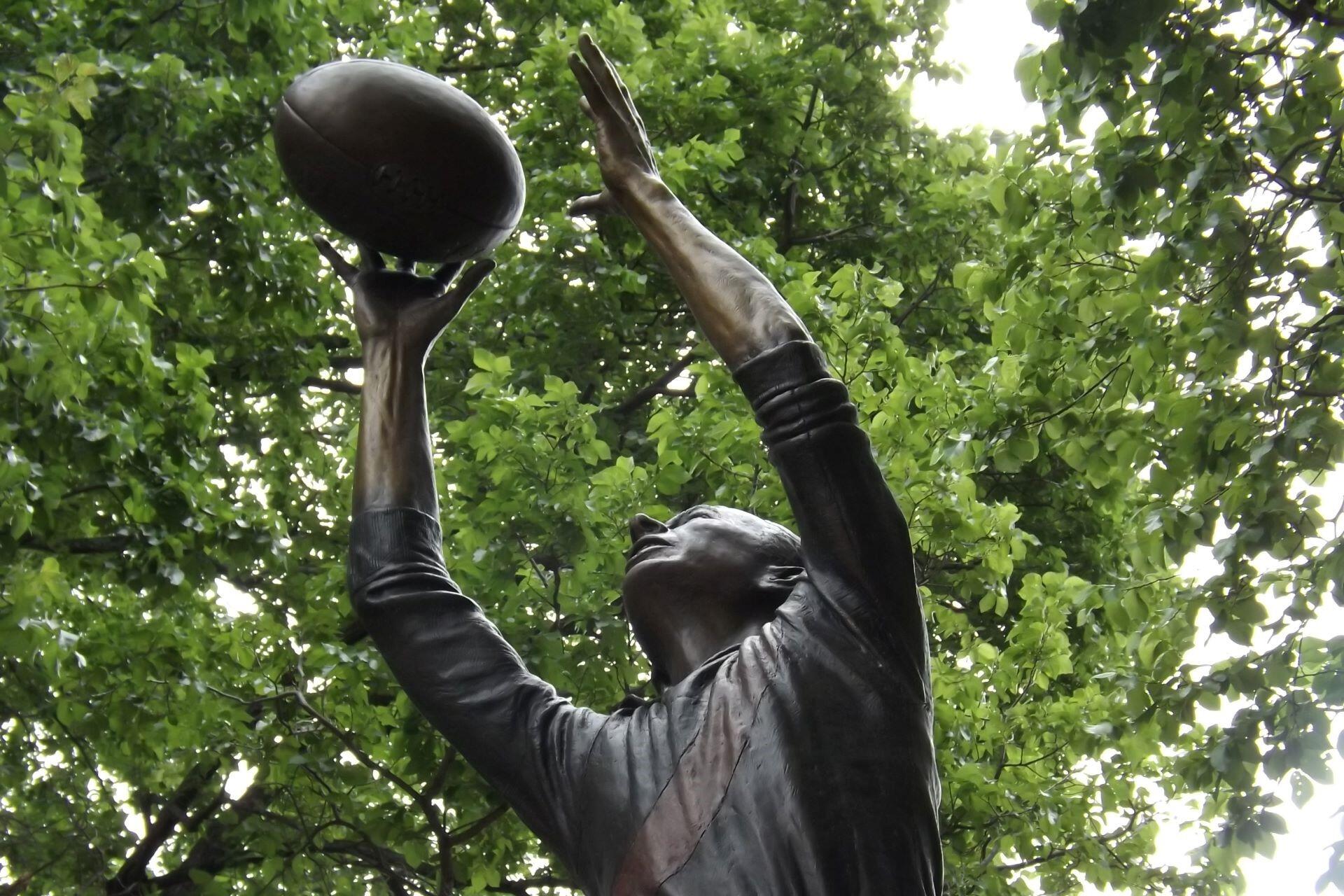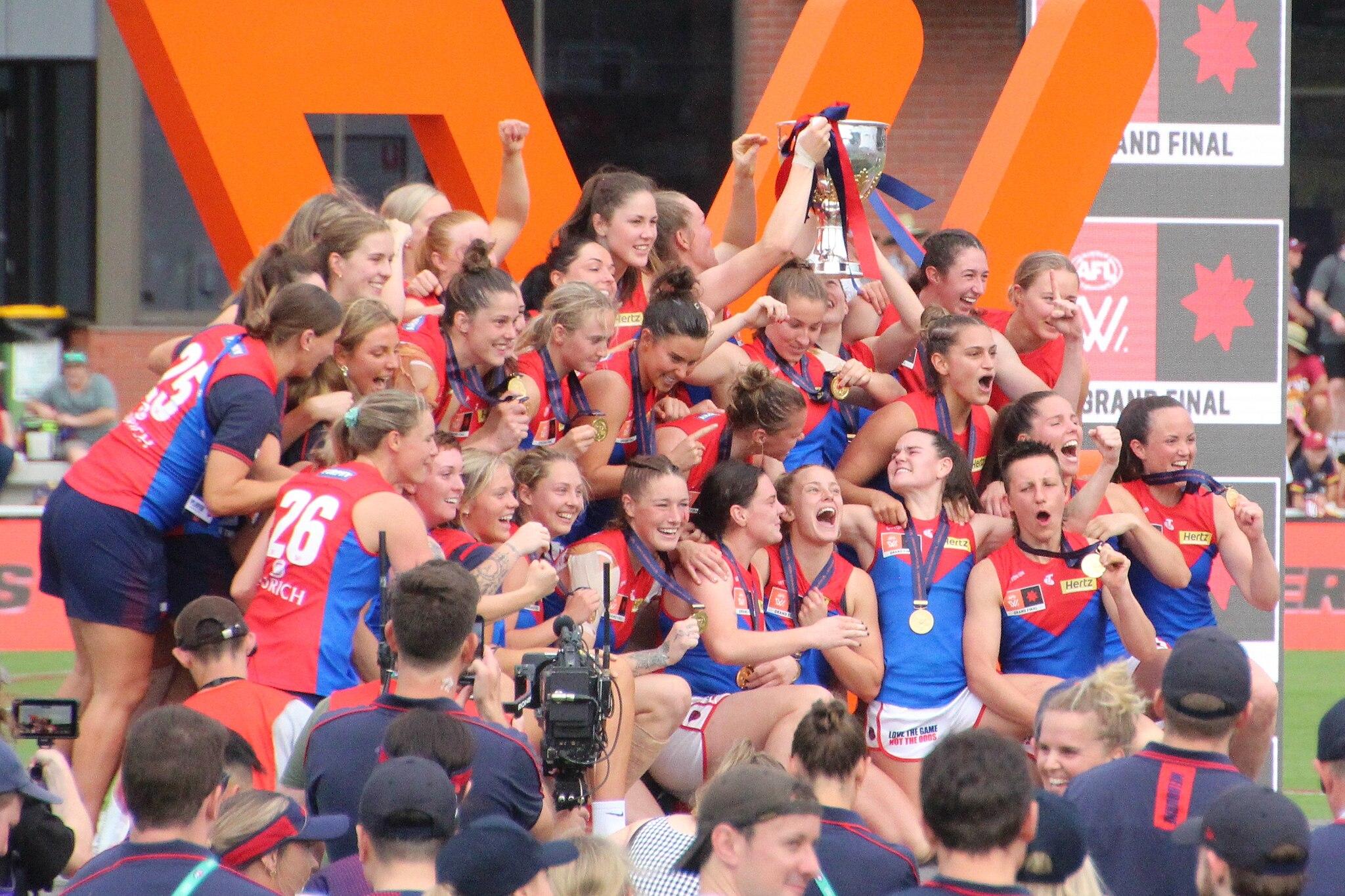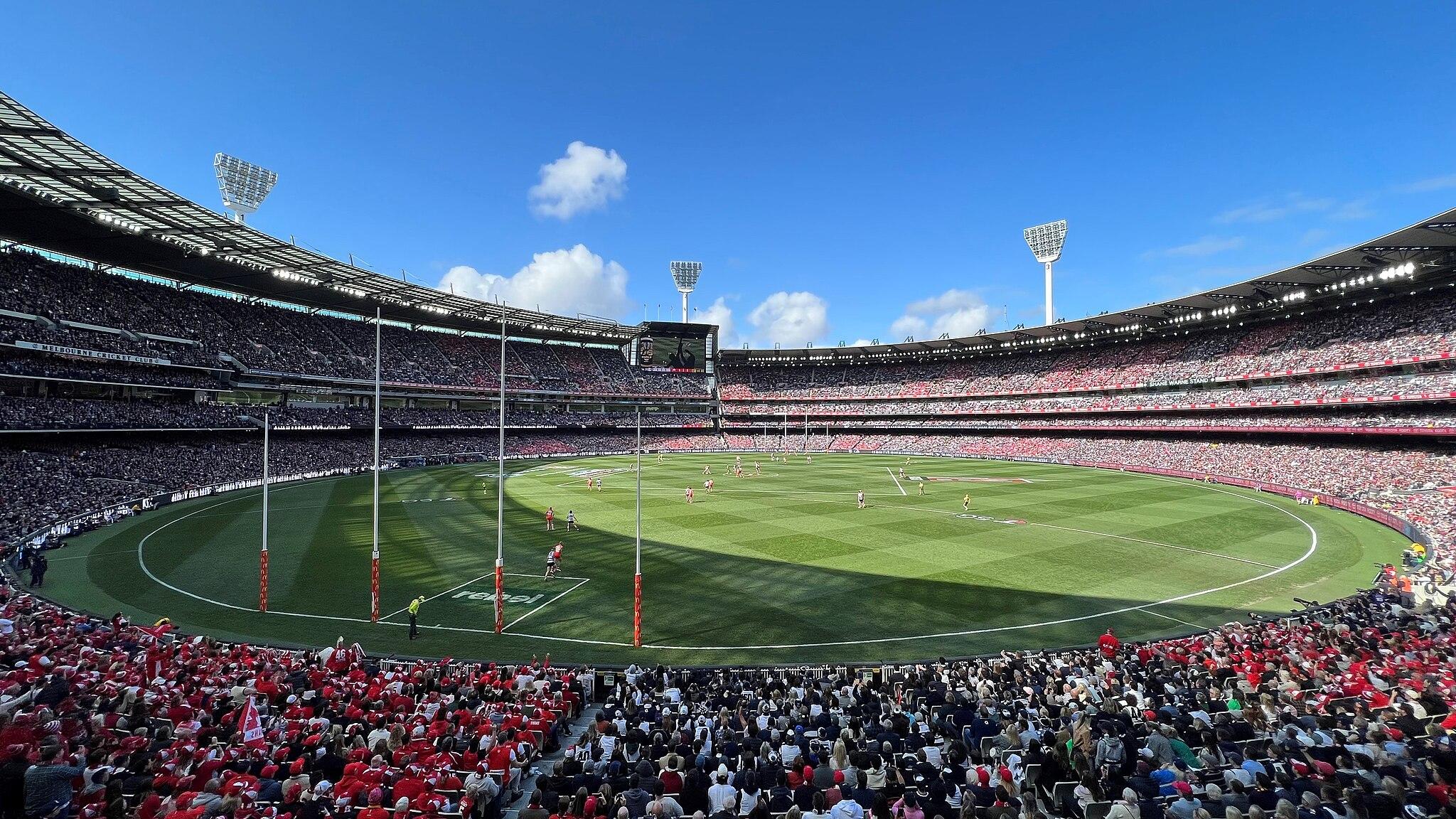The AFL Finals Series takes place in September, and it's the pinnacle of Australian footy. The best eight clubs from the regular series fight to lift the premiership cup. This is more than just a sporting competition; it's a celebration of tradition, history, and drama. And there are bound to be moments that become part of football folklore.
Key Takeaways
- The AFL Finals Series is a four-week September tournament in which the top eight clubs compete for the premiership.
- Since 2000, the competition has used the Final Eight System, balancing fairness for top-ranked teams with knockout drama for underdogs.
- Finals are steeped in tradition, from the Grand Final Parade to the presentation of the premiership cup at the MCG.
- Iconic moments, such as Carlton's 1970 comeback, Leo Barry's mark in 2005, and Dom Sheed's goal in 2018, have defined the competition.
- Collingwood, Carlton, and Essendon lead with 16 premierships each. At the same time, clubs like the Sydney Swans, the Bulldogs, and Melbourne are remembered for breaking prolonged droughts.
- The AFL Grand Final is the biggest day in Australian sport, drawing over 100,000 fans to the MCG and millions of viewers worldwide.

What Is the AFL Finals Series?
You must be new here. The AFL Finals Series is the knockout tournament at the end of every Australian Football League season. Since the year 2000, it has followed the Final Eight System, with the top eight clubs on the ladder qualifying after the home-and-away rounds.
Since 1897, the AFL Finals have marked the end of the footy season, with September becoming synonymous with drama, passion, and history. Fans often say “nothing else matters in September” because it’s the month when legends are made.
The series is played across four weeks in September, divided into qualifying, elimination, semi-final, and preliminary rounds, before culminating in the AFL Grand Final at the Melbourne Cricket Ground (MCG).
The AFL switched to the current "Final Eight System" in 2000. It guarantees that eight clubs each season, nearly half the competition, have a shot at premiership glory. Before this, the league used different systems, including top fours and final fives.
How Does the Finals Format Work?
Using the Final Eight System, the AFL rewards consistency during the season while still leaving room for underdog stories with the knockout format of the AFL Final Series. The top four teams are given a "double chance". This means even if they lose in the first week, they can still progress in the tournament and become champions. The teams finishing fifth to eighth play sudden-death elimination matches throughout.
Week 1
Qualifying and elimination finals decide which clubs get an early advantage.
Week 2
Semi-finals pit elimination winners against qualifying losers.
Week 3
Preliminary finals determine the two Grand Finalists.
Week 4
The season culminates in the AFL Grand Final, usually played before 100,000 fans at the MCG.
One of the unique features of the AFL Finals is the "double chance." The top four teams are protected from immediate elimination if they lose in the first week. This rewards consistent performance during the regular season but still leaves room for surprises.
AFL Finals Traditions and Rituals
The AFL Finals are about more than just football. They also act as a showcase of traditional sporting culture. One tradition is playing the AFL Grand Final at the MCG on the last Saturday in September in front of a crowd of over 100,000 fans. The Grand Final Parade brings players through the streets of Melbourne, allowing fans to cheer on their heroes.
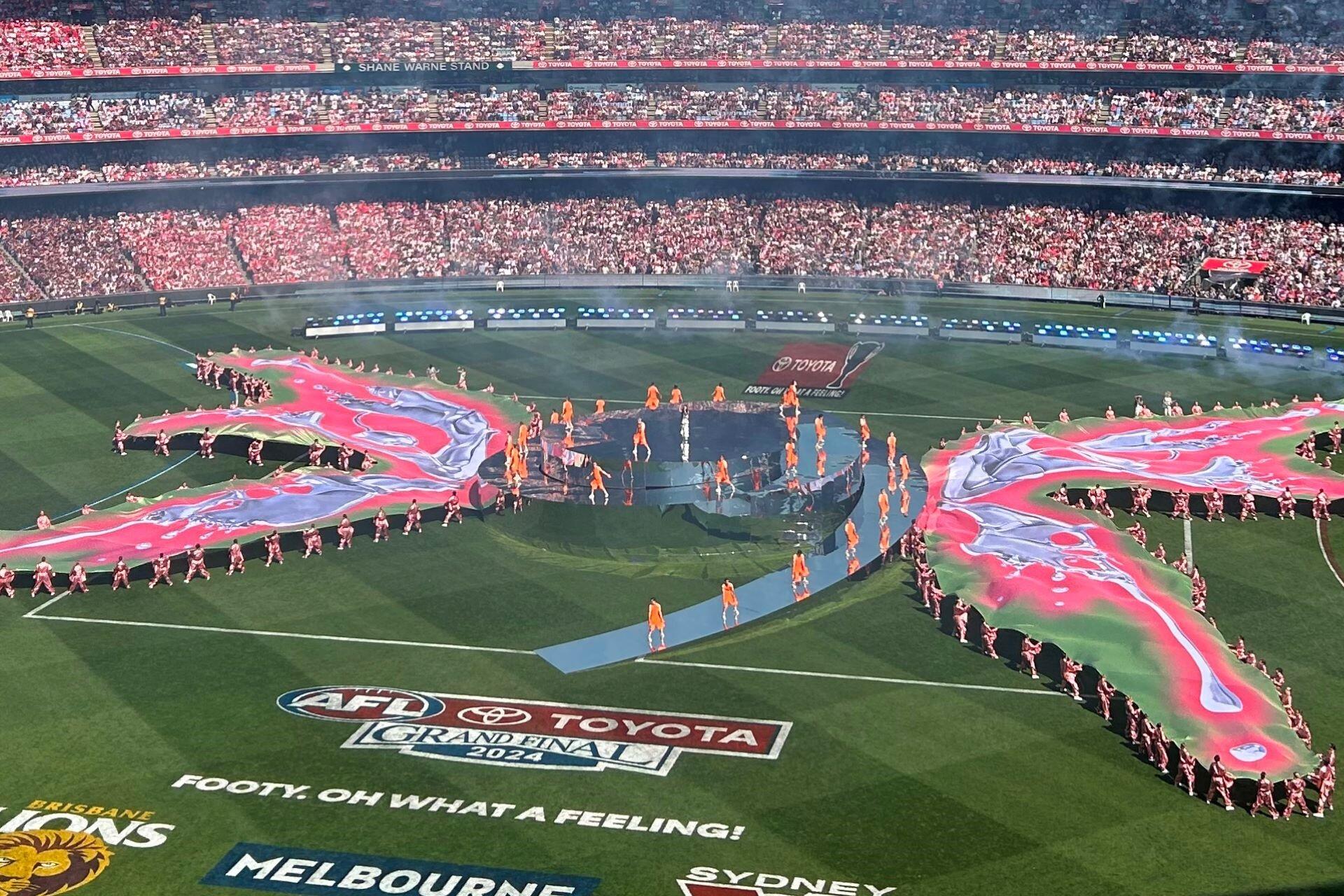
The Grand Final itself is a big event and it often produces great matches. It includes pre-match entertainment, the national anthem, and live performances. After the match, which is often quite the spectacle, the winning team lifts the premiership cup. This is where the victors become part of the sport's history, participating in over a century of tradition.
The AFL Grand Final is traditionally played on the last Saturday in September at the MCG. Even during COVID-19 relocations in 2020 and 2021, the timing and ceremony of the event remained central to Australian sporting culture.

Historic Highlights of the Finals
The AFL Finals always deliver unforgettable moments. Fans, especially those of the winning team, will still talk about the games decades later. With thrilling comebacks, famous marks, last-minute goals, and even controversial officiating, you're guaranteed something.
1970 Grand Final
Carlton’s Comeback
Trailing Collingwood by 44 points at half-time, Carlton stormed home to claim victory. It remains the most incredible Grand Final comeback of all time.
1989 Grand Final
Hawthorn vs Geelong
Dermott Brereton’s courage after being flattened and Gary Ablett Sr.’s nine goals made this a brutal, brilliant classic.
1994 Preliminary Final
Gary Ablett Sr.
His after-the-siren goal sent Geelong into the Grand Final, cementing his reputation as one of the game's most outstanding forwards.
2005 Grand Final
Leo Barry’s Mark
Sydney ended a 72-year drought thanks to Barry’s iconic contested grab in the final seconds.
2018 Grand Final
Dom Sheed’s Goal
With everything on the line, Sheed kicked a boundary set shot to deliver West Coast a famous win over Collingwood.
From Jesaulenko's "You beauty!" mark in 1970 to Dom Sheed's pressure goal in 2018, finals moments are replayed every September as part of AFL folklore. These aren't just highlights, they're cultural touchstones that connect generations of fans.
Who Are the Most Successful Finals Clubs?
Certain clubs have regularly found success in the AFL (and formerly the VFL). Collingwood, Carlton, and Essendon share the record for the most premierships with 16 flags each. Behind them are Hawthorn, Richmond, and Melbourne. These teams all boast 13 premierships each.
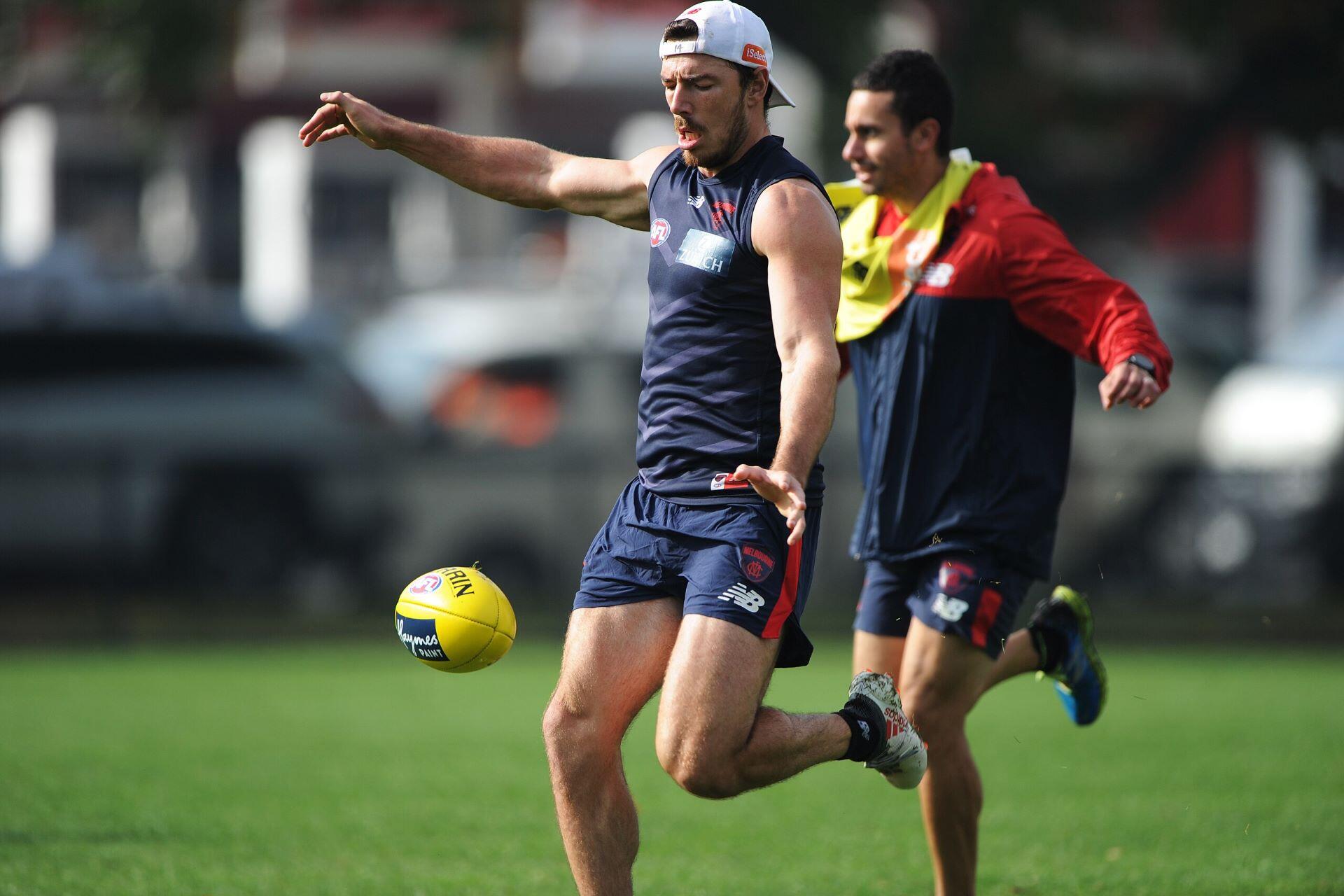
Then there are the dynasties. Collingwood famously completed the four-peat from 1927 to 1930, which no other team has managed to match. Melbourne dominated during the 1950s and 1960s. Hawthorn enjoyed golden runs in the 1980s and 2010s, and Brisbane completed a modern three-peat from 2001 to 2003. There've been dramatic droughts, breakthrough victories, and teams that have inspired fans. These all contribute to the narrative and shape football history.
Collingwood, Carlton, and Essendon all sit on 16 premierships each, sharing the record for most titles. Their success has defined the competition’s history and fuelled rivalries that dominate the AFL to this day.
Longest Droughts and Underdog Stories
While some clubs celebrate periods of success, for fans of some clubs, fandom involves constant heartache. The Sydney Swans went 72 years between premierships, for example, finally breaking through in 2005. The Western Bulldogs ended a 62-year drought when they won in 2016. Melbourne returned to glory in 2021 after 57 years. St Kilda, however, is still waiting for its second premiership, after winning its first in 1966.
before Leo Barry's famous mark finally sealed glory.
Most sports fans love an underdog story, provided it's not at the expense of their athlete or teams. Many remember the Bulldogs' 2026 run, which went from seventh on the ladder to premiers. In 2013, Fremantle won its first-ever Grand Final. The AFL Finals can produce dynasties, but they can also produce upsets and unique results.
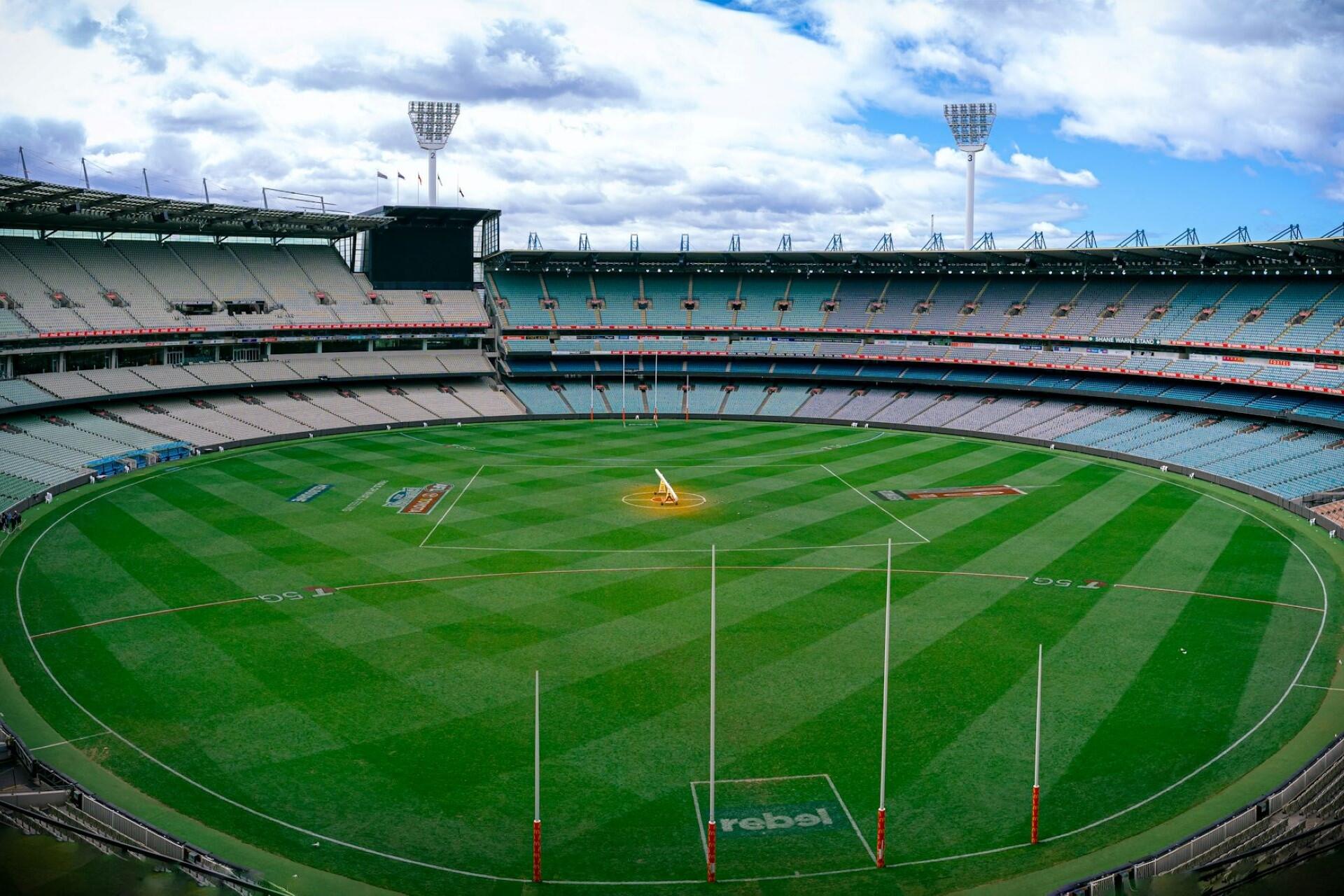
What Makes the Grand Final Unique?
The AFL Grand Final is more than just the end of the season. It's one of the most significant annual events in Australia. In front of a crowd of over 100,000 fans at the Melbourne Cricket Grounds (MCG) and many others watching live on TV, it's a national sporting celebration. The Grand Final Parade, media coverage, and the anticipation make the event one of the best in all of sport.
Players are given the chance to etch their names into history by lifting the premiership cup. Fans can create shared memories, witnessing famous marks, incredible goals, or a longstanding drought finally broken. No matter who you support, the AFL Grand Final is for footie fans across the country and not just the fans of the teams who are still competing at the end of September.
Though not an official public holiday nationwide, the AFL Grand Final day is treated like one across much of Australia. BBQs, packed pubs, and family gatherings make it one of the most-watched days of the year.
How to Watch and Be Part of the AFL Finals
Since the AFL Finals are a nationwide and international spectacle, they're broadcast on free-to-air TV, pay TV, and streaming services. Fans can catch every moment, and with radio coverage, footy reaches every corner of the country.
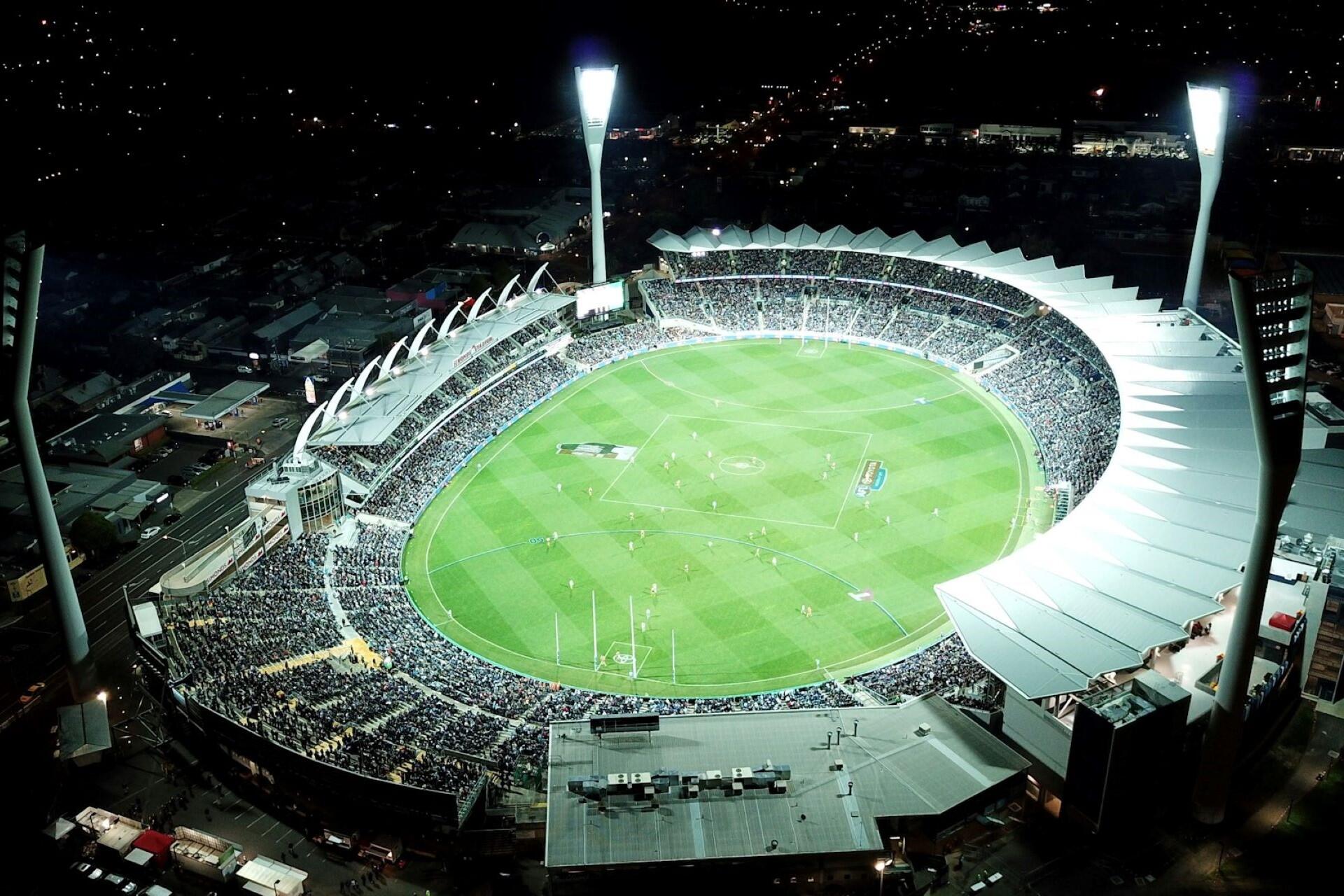
Tickets are among the hottest in Australian sport. There are packages available for corporate groups, members, and supporters; however, Grand Final tickets at the MCG are in high demand and often sell out months in advance. But whether you watch in the stands, at a local pub, at home, or abroad, you can share in the excitement of September football.
Tickets to the AFL Grand Final are among the hardest to secure in Australian sport. With more than 100,000 seats at the MCG and demand far exceeding supply, many fans consider attending just once a "bucket list" experience.

